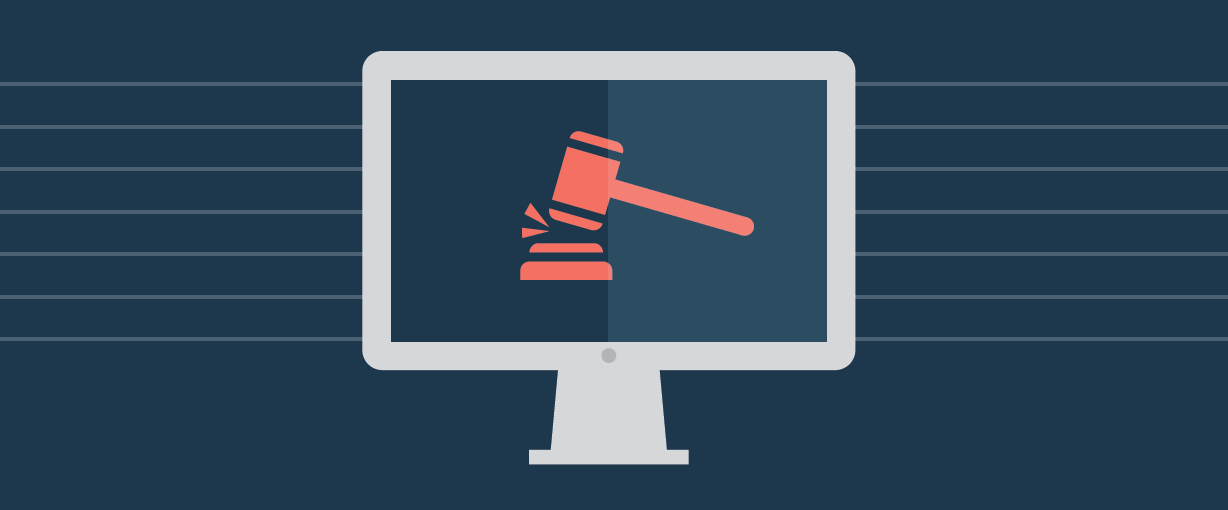
eAuctions and SRM – are they mutually exclusive?
By Alan Day, Chairman and Founder of State of Flux
In describing customer-supplier relationships the term partnership has been frequently overused and remains, on many occasions, misused. In the 1990s when the concept of SRM and supplier partnerships first emerged, both were considered by many on the buy side as ‘going soft’. When suppliers were introduced to the prospect of being regarded as strategic or treated more like partners they began to think this made them ‘untouchable’ and therefore uncompetitive.
Even today, the term partnership often evokes thoughts of a cosy and friendly relationship where both parties are considered to be less demanding of each other and where competitiveness is somehow sacrificed.
Often, from a procurement perspective, we choose to look at the length of the relationship as an indicator that there is an opportunity for savings, rather than viewing it as a positive result of the supplier seeing us as a
customer of choice and doing a great and competitive job for the organisation over subsequent years.
Fundamental to the health of this ongoing relationship is that it should have all the attributes we talk about when we consider the relationship development and culture pillar of SRM. These include openness and transparency, innovation, alignment, trust, collaboration, and behavioural maturity. For us, openness, transparency and trust equate to ‘no surprises’ for either party. This means avoiding the unwelcome surprise for the buy side that the products and services they contracted for are no longer competitively priced, or, reciprocally, for the sell side that the products or services are to be retendered without prior discussion.
A good relationship will have at its heart an account or relationship plan. An important part of this plan will be to define how and when the competitiveness of the products and services will be validated. This is a clear, upfront challenge to the sell side to continuously demonstrate their overall competitiveness (and so avoid the need for the buy side to exercise their right to go to market). A capable and mature procurement organisation will always listen to, and understand the full total cost and value proposition before making a decision. Ultimately though, the ‘stick’ of going to market is there in the background should the buy side ever become unconvinced. Indeed, it might even be agreed between the parties that this is the best means to validate competitiveness – the transparency of this dialogue further underpinning the relationship. Under these circumstances it makes sense to do this as effectively and efficiently as possible, and using the available technology.
eAuctions - only for commodities?
There will be a significant body of opinion that says SRM is for strategic suppliers and eAuctions are for commodities, so by definition of course they don’t fit. Around 15 years ago, I was lucky enough to be involved in the second eAuction run in the UK – stationary of course - for a well known British airline. Back then it certainly was about commodities. Since those days, the ability to define requirements has developed to the point where we would like to challenge common perception that eAuctions are for commodities only.
Overtime, the eAuction technology has evolved so you can now run multi-attribute and multi-variable eAuction events (for example: price, volume and quality). This means more complex eAuctions are possible and we are now seeing spend areas being put through an eAuction process people wouldn’t have believed was possible several years ago. Consider for example entire oil rigs, a complete desktop refresh programme or services such as debt collection.
The other aspect that may appear to put eAuctions at odds with SRM is the view that technology removes the human interaction that is so vital to a partnership. Suppliers often balk at the detachment and arms-length approach it seems to embody and procurement worry this has a detrimental effect on the relationship as well as on a supplier’s performance. However, if the use of an eAuction to validate competitiveness has been positioned as part of the open and transparent relationship dialogue, we don’t see this as a problem. All that has occurred is that technology has been employed to do something that would otherwise have been done manually. This again illustrates the criticality of stakeholder relationship management within the remit of procurement teams, and particularly having the skills and resources to ensure adequate education and engagement with suppliers in advance of running eAuction events.
Our conclusion is that eAuctions can be compatible with an SRM or ‘partnership’ relationship provided its use is positioned correctly and it is used with integrity.
This year we asked respondents in what way, if any, SRM has changed the nature of negotiations with their key suppliers. Almost 50% saw that a longer term perspective was taken by both sides and almost 70% said there were better outcomes for both parties. All benefits noted would not be impeded by any use of eSourcing or an eAuction to facilitate the negotiation.
Our challenge to procurement is to ensure your teams are trained on how to harness this technology, manage stakeholders (both suppliers and internally), act responsibly and with integrity, and reap the benefits.
This is why we are pleased to announce our partnership with IBM. We feel that their leading eSourcing technology combined with our consulting, change management and training is a winning combination.